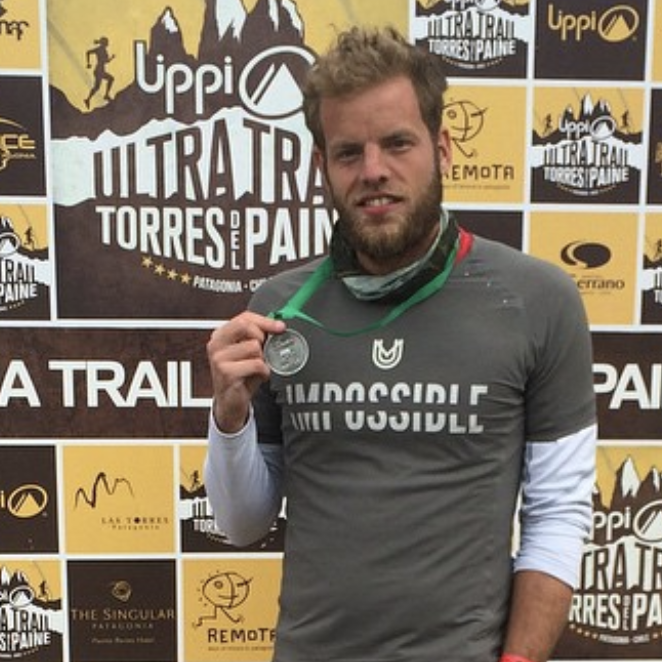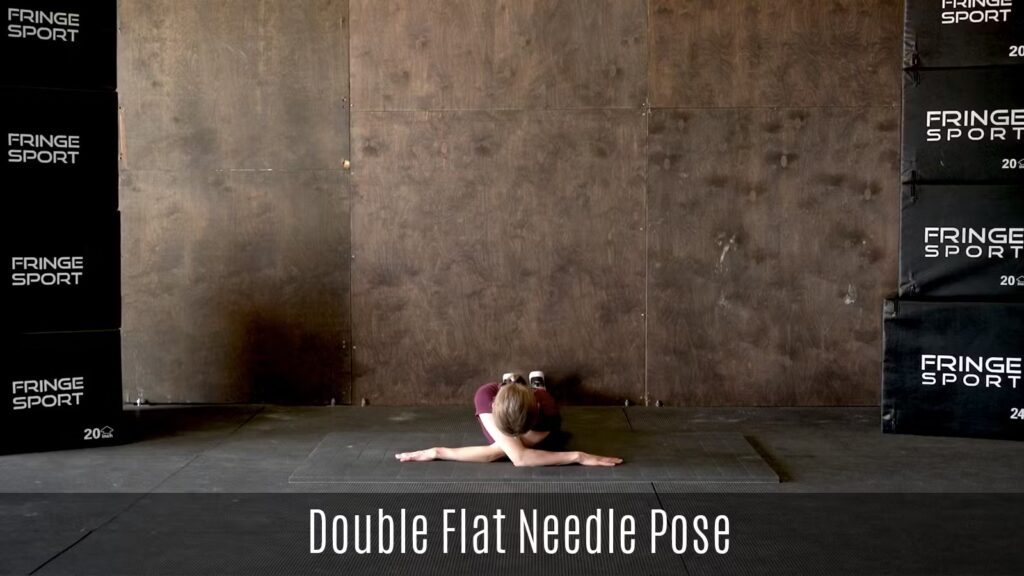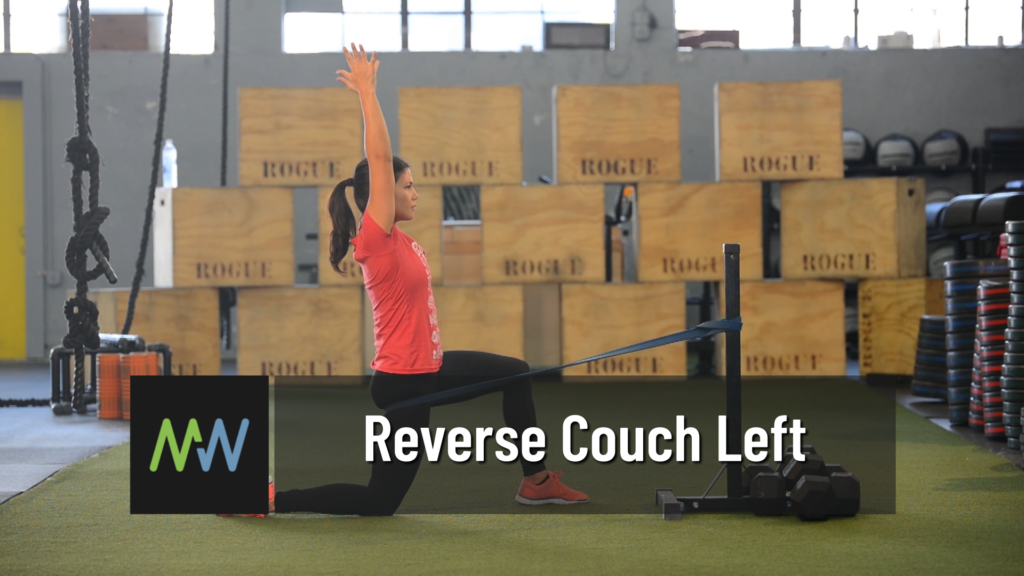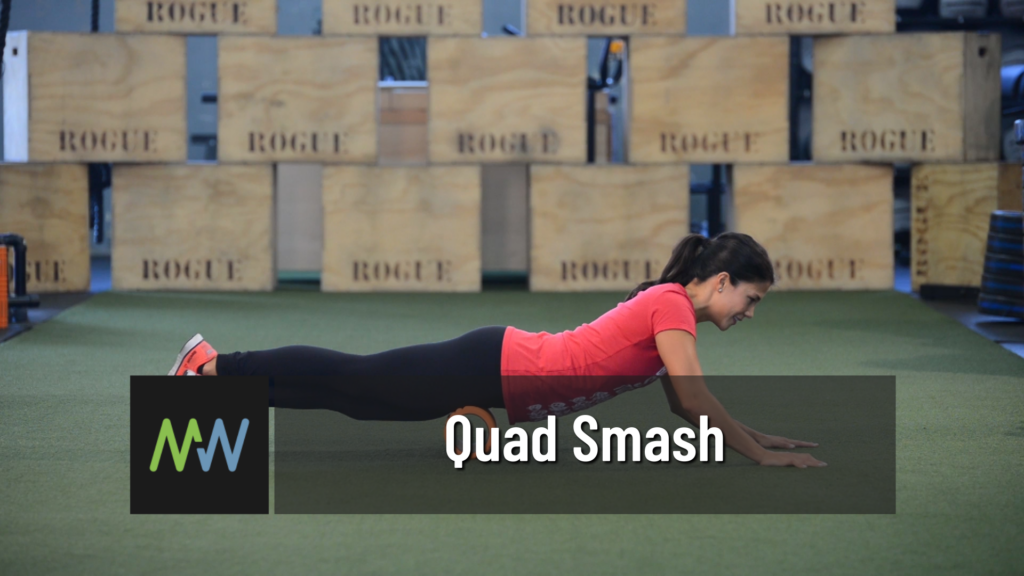Let’s get the first thing out of the way…tell me, what pose sounds more adorable than the happy baby pose? I don’t think there is one, if we are being completely honest. The name alone should make you want to incorporate this one into your daily stretching routine!
A pose that originates from yoga practice, happy baby is a calming pose that is normally done towards the end of a yoga flow or used as a cool down movement. This pose is done while lying on your back with your feet raised into the air resembling a happy baby rolling about on the floor. As silly as that imaging might seem, this pose can be quite beneficial and even relaxing.
All you need to complete this stretch is some free space on the floor. We recommend bringing your light-heartedness and sense of humor too as you might feel a bit silly the first time you try this one. But don’t let that stop you from giving it a go. Keep reading as we will discuss how to properly perform this movement, the benefits that you receive from doing it consistently, and ways to modify it if you find you need that.
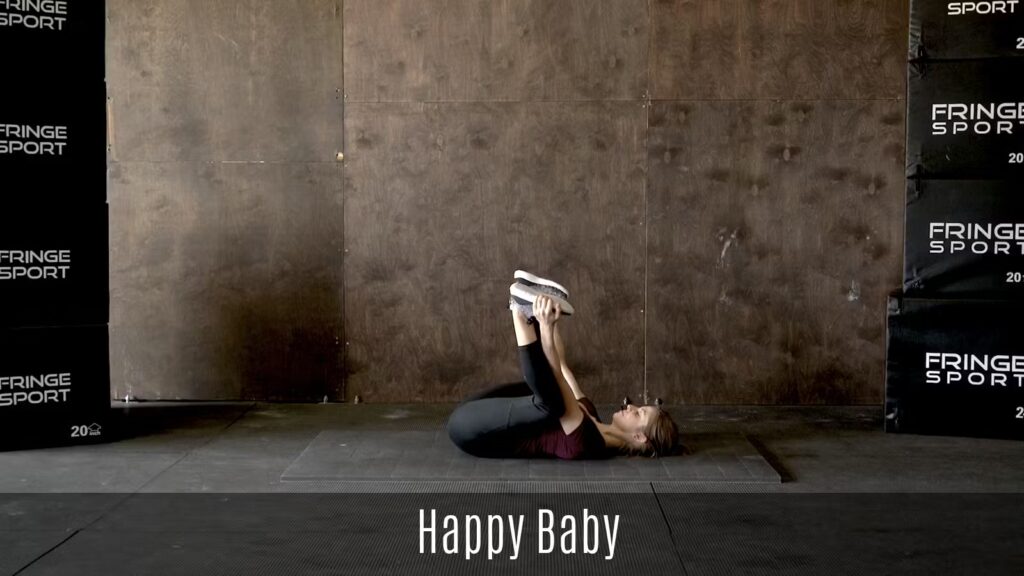
What is the Happy Baby Pose?
The happy baby pose is a gentle stretching movement that will have you feeling as calm as a happy baby in no time. This pose is done while lying on the floor and is a great option for beginners or people who are just experimenting with a new stretching routine.
To begin this pose, find some free space on the floor. Come onto your back with your arms lying by your side and your legs fully extended. From here, raise your legs into the air and bend your knees to reach a 90-degree angle. Think about facing the soles of your feet towards the ceiling.
Once your legs are elevated at this position, bring your arms to the inside of your legs and reach towards the outer edges of your feet. Grab hold of your feet, bending your knees as much as you need to do this.
Using the elbows, press the knees away from each other to feel a nice stretch through the insides of your legs. Draw the feet directly over the knees (bent 90*) and press your head and your tailbone down to the floor.
Once you have found this position, feel free to hold or rock lightly side to side. It is important to keep your shoulders and your head on the ground. Resist the urge to bring either off of the ground for any reason.
This should not be too intense – although you can moderate the stretch by bending your knees more or straightening them out as much as you desire. We recommend staying in this stretch for as long as it feels good for you. This is a great opportunity to focus on your breath. Breathe deeply and enjoy the restorative benefits of this pose.
Benefits of the Happy Baby Pose
The inner muscles of the leg get a most-welcomed stretch in the happy baby pose. If you consistently workout your legs, there is a chance that these muscles need a bit of love. Specifically, this pose will help stretch out the inner thighs, hamstrings, and groin muscles.
Not only will this stretch feel amazing on your legs, you should feel a lengthening in your back as well. If you struggle with back pain, give this pose a go and see if it helps relieve any pressure you might experience.
There are mental benefits to this pose as well. Because this is more of a passive stretch, it gives your body time to lower its heart rate. You might even feel a bit more relaxed and less stressed and fatigued while in this position.
Happy Baby Pose Modifications
While this pose is considered a beginner’s pose, we do urge you to take caution if you have knee or neck injuries. If you have either of these issues, we recommend consulting with your doctor before attempting this. It may be necessary to modify the movement as described or avoid it completely. It is also recommended that pregnant women do not participate in this pose.
The most common modification people need for the happy baby pose is a way to hold onto their feet. It is not uncommon for people to not be able to reach their feet. If this is you, keep reading! The best way to fix this issue is to use a yoga strap or towel. Place the yoga strap or towel around the arches of your feet and hold onto the strap instead. This will allow your body to come into this position without having to hold onto your feet. As you consistently do this pose, your flexibility should increase and the pose will become easier.
Starting on your back, draw the arms inside the legs. Grab the outside of the feet and use the elbows to help press the knees away from each other. Draw the feet directly over the knees (bent 90*) and draw the head & tailbone down to the floor. Feel free to hold or rock lightly side to side.
